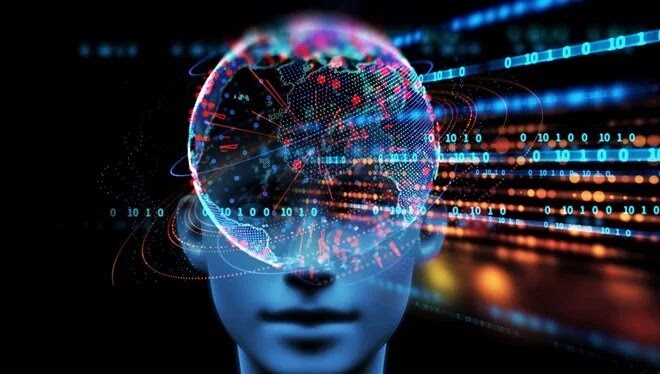Nvidia has announced a new initiative called “Open Power AI Consortium” in which it will join forces with the Electric Power Research Institute (EPRI). This partnership was established to find solutions to energy consumption and grid problems caused by artificial intelligence consumption by using artificial intelligence.
Today, the increasing use of AI applications is creating an imbalance in the power grids with high demand for processing power in data centers and a corresponding increase in energy consumption. In order to bring an innovative approach to this problem, Nvidia decided to use the potential of artificial intelligence, the source of the problem, as a solution tool.
Objectives of the Open Power AI Consortium
Nvidia has launched a new initiative called the Open Power AI Consortium, led by the Electric Power Research Institute (EPRI). This consortium brings together energy companies, technology giants such as Microsoft, Oracle and academic institutions to focus on the following goals
Developing Domain-Specific AI Models: Balancing electricity demand and distribution with open-source AI models that will ensure grid stability and optimize energy efficiency.
Managing High Energy Consumption: Meeting the increasing energy demand caused by artificial intelligence applications with more efficient planning, especially considering the 4% annual increase in data centers.
Renewable Energy Integration: Creating a sustainable infrastructure by strengthening integration with renewable energy sources in addition to traditional energy sources installed on the grid.
Technical Approaches and Application Examples
The models announced to be developed within the consortium have remarkable technical approaches.
With machine learning methods, strategies such as shifting non-time-sensitive tasks to hours with low energy demand are being studied. In this way, it is aimed to provide additional capacity to the grid by preventing overloading during peak times. Using the US as a model, it is estimated that this strategy can increase the additional capacity by 76 units.
Energy management of data centers is also one of the topics covered by the study. With artificial intelligence algorithms, energy consumption patterns in data centers are analyzed. Simulations are carried out to generate solutions for issues such as optimum cooling, load balancing and efficient energy distribution.
We are also working on real-time network monitoring with artificial intelligence. It is hoped that AI models specially trained for this job will detect sudden load changes in electricity grids and produce fast reactive solutions, thereby distributing energy more evenly and preventing short-term congestion.
The Dual Role of Artificial Intelligence
Nvidia's initiative demonstrates the dual impact of AI. On the one hand, AI applications that require high computational power increase the energy consumption of data centers; on the other hand, properly configured AI solutions can alleviate pressure on the grid and increase energy efficiency. This approach could pave the way for AI to become not only a consumer but also a critical solution partner in the energy sector in the future.
The models and strategies to be developed by the Open Power AI Consortium are considered to be a major turning point in terms of balance and efficiency in the energy sector. Significant improvements are expected to be achieved in areas such as more effective use of renewable energy resources and reducing the energy costs of data centers. This initiative, led by Nvidia, aims to take sustainable steps towards the future by balancing the problems that artificial intelligence can create in electricity grids with the solutions offered by the same technology.









0 Comments: